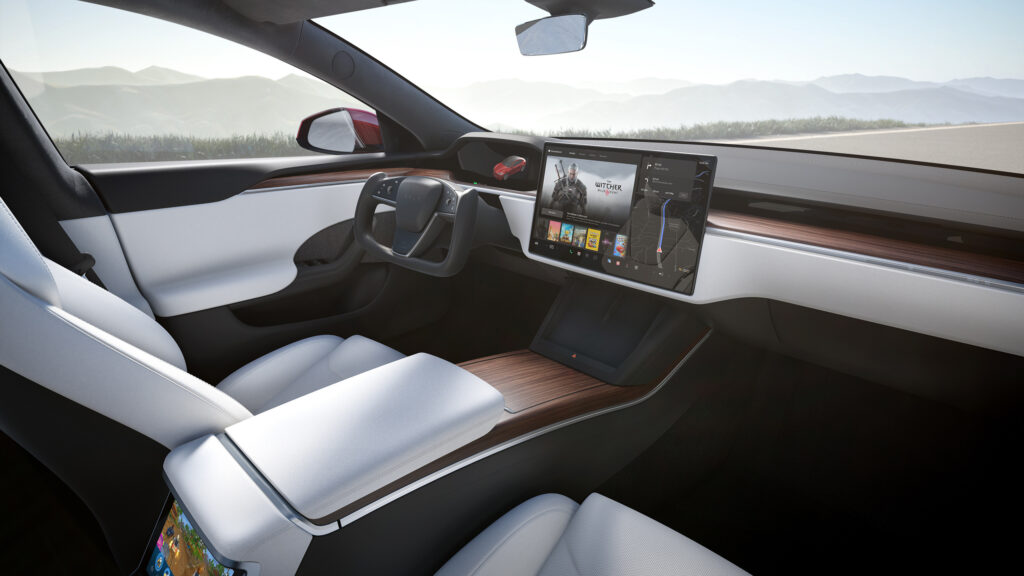

- Tesla gets approval to operate ride-hailing services in Arizona.
- All Robotaxis must still have a human safety driver on board.
- The company plans to launch services in more new cities soon.
It’s been about five months since Tesla rolled out its robotaxi service in Austin, Texas, adding a supervised ride-hailing program in California soon after. Now the company is preparing to expand into Arizona, though the key detail remains the same: these cars won’t be navigating the roads entirely on their own.
Earlier this week, the Arizona Department of Transportation granted Tesla a Transportation Network Company (TNC) permit, giving it the green light to operate a paid ride-hailing service in the state.
More: Tesla Robotaxi Driver Caught Asleep Proves Humans Are Still The Weakest Link
As in California, every Tesla vehicle in the fleet will still need a safety driver behind the wheel. Those drivers can use the Full Self-Driving (Supervised) system, but they’re expected to remain ready to take control at any time.
How Autonomous Is It?
Exactly how long Tesla plans to keep safety drivers in its so-called robotaxi program isn’t yet clear. In Austin, these drivers are allowed to sit in the front passenger seat, where they have quick access to a kill switch in case something goes wrong. Tesla has said it hopes to remove the human monitors before the end of the year, though that target may be optimistic.
Other states, including California and Arizona, are expected to move more slowly when it comes to allowing the same degree of autonomy.

Shortly after the service was launched in Texas, Tesla chief executive Elon Musk said it could cover half of the US population by the end of this year. Unsurprisingly, Tesla appears to have walked back from this claim, with the company expected to expand to only a small number of additional cities before the year concludes.
Read: Musk Makes Another Crazy Claim About Robotaxi Service
While Tesla uses the Robotaxi name in promoting its ride-hailing service, that’s a misnomer. Until it is permitted to operate the program without a safety driver, whether in the driver’s seat or the front passenger seat, it cannot claim to have a fully autonomous fleet of ride-hailing vehicles quite like Waymo does.
In California, Tesla won’t be able to claim that milestone until its Full Self-Driving technology is officially recognized as a Level 4 system, a classification that still appears some way off.

Comments
Post a Comment